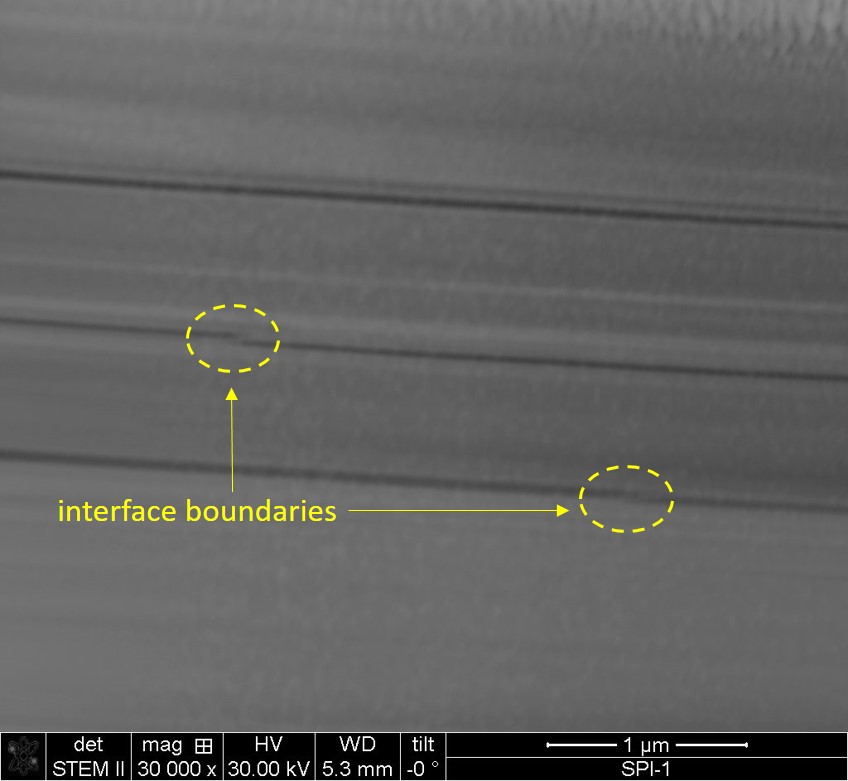Article
Version 1
Preserved in Portico This version is not peer-reviewed
Diamagnetism of Bulk Graphite Revised
Version 1
: Received: 15 October 2018 / Approved: 16 October 2018 / Online: 16 October 2018 (13:56:35 CEST)
A peer-reviewed article of this Preprint also exists.
Semenenko, B.; Esquinazi, P.D. Diamagnetism of Bulk Graphite Revised. Magnetochemistry 2018, 4, 52. Semenenko, B.; Esquinazi, P.D. Diamagnetism of Bulk Graphite Revised. Magnetochemistry 2018, 4, 52.
Abstract
Recently published structural analysis and galvanomagnetic studies of a large number of different bulk and mesoscopic graphite samples of high quality and purity reveal that the common picture assuming graphite samples as a semimetal with a homogeneous carrier density of conduction electrons is misleading. These new studies indicate that the main electrical conduction path occurs within 2D interfaces embedded in semiconducting Bernal and/or rhombohedral stacking regions. This new knowledge incites us to revise experimentally and theoretically the diamagnetism of graphite samples. We found that the $c$-axis susceptibility of highly pure oriented graphite samples is not really constant but can vary several tens of percent for bulk samples with thickness $t \gtrsim 30~\mu$m, whereas by a much larger factor for samples with smaller thickness. The observed decrease of the susceptibility with sample thickness resembles qualitatively the one reported for the electrical conductivity and indicates that the main part of the $c-$axis diamagnetic signal is not intrinsic of the ideal graphite structure but it is due to the highly conducting 2D interfaces. The interpretation of the main diamagnetic signal of graphite agrees with the reported description of its galvanomagnetic properties and provides a hint to understand some magnetic peculiarities of thin graphite samples.
Keywords
graphite; diamagnetism; thickness dependence; susceptibility; interfaces; conductivity; graphene
Subject
Physical Sciences, Condensed Matter Physics
Copyright: This is an open access article distributed under the Creative Commons Attribution License which permits unrestricted use, distribution, and reproduction in any medium, provided the original work is properly cited.
Comments (0)
We encourage comments and feedback from a broad range of readers. See criteria for comments and our Diversity statement.
Leave a public commentSend a private comment to the author(s)
* All users must log in before leaving a comment










